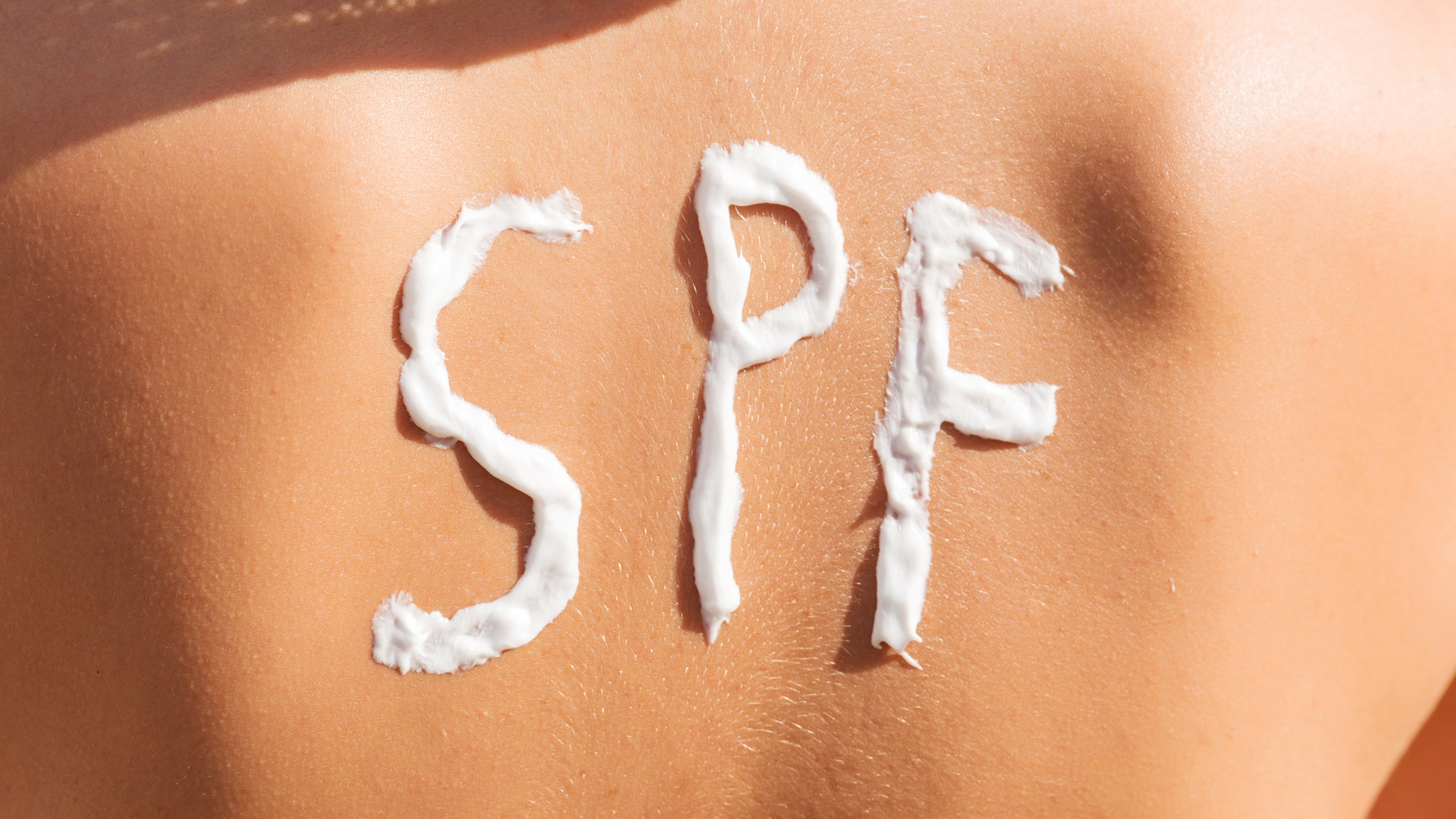Cosmetics Europe has commended the approval of two new methods for SPF assessment. Last December, new methods were published by the International Standard Organisation Central Secretariat and are now officially recognised.
This development represents a significant milestone in the assessment of sunscreen efficacy, as it provides a reliable alternative to the traditional in vivo method.
The approved method, called the Double Plate Method (DPM), has been formally recognised under ISO 23675:2024. Its validation is an important step in the evolution of testing procedures, eliminating the need for human volunteer testing and providing reproducible results with high accuracy.
The DPM is distinguished by its ability to provide consistent and reliable measurements, comparable to those obtained using the international standard ISO 24444:2019, which until now has been used for in vivo testing. Its application is supported by state-of-the-art technology, including robotic systems for sample application and advanced spectrophotometry for the measurement of UV absorbance.
In addition, this method has significant advantages, such as the possibility of testing at any time of the year, as it uses polymer plates instead of human skin. This eliminates the seasonal limitations of the in vivo method, which requires skin not previously exposed to the sun.
The implementation of this new standard is aligned with the European Commission's 2006 Recommendation on the efficacy of sunscreen products and related claims, which promotes the use of standardised and reproducible in vitro test methods for the determination of protection against UVB and UVA radiation.
Cosmetics Europe reaffirms its commitment to the development of rigorous scientific methodologies for the evaluation of sun protection and will continue to collaborate with regulatory bodies and the scientific community to ensure the efficacy and safety of cosmetic products.
